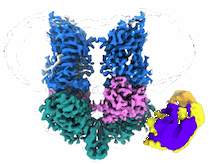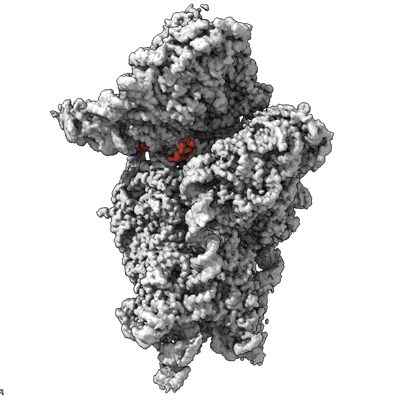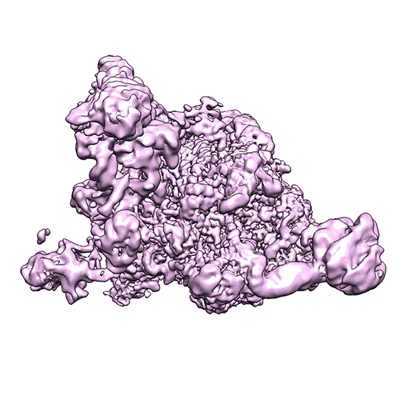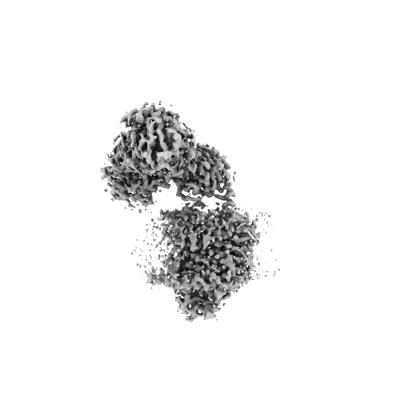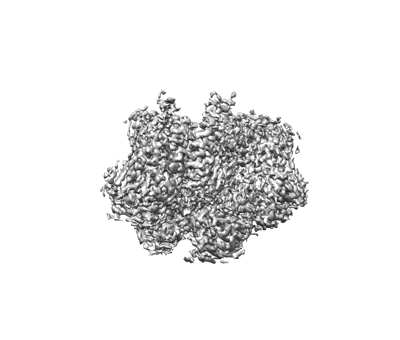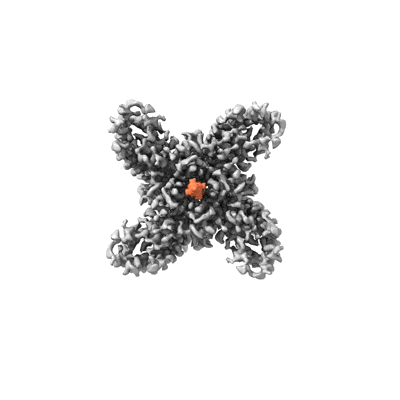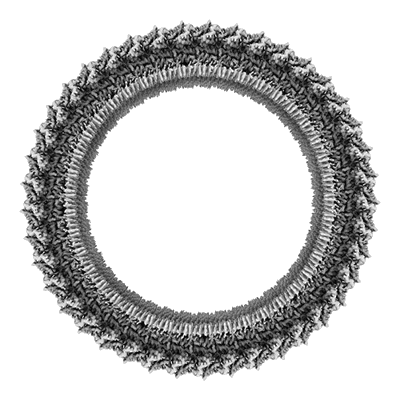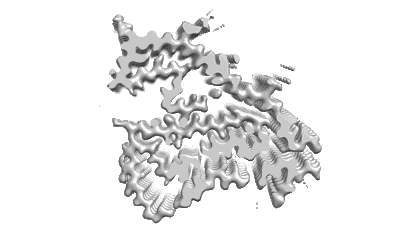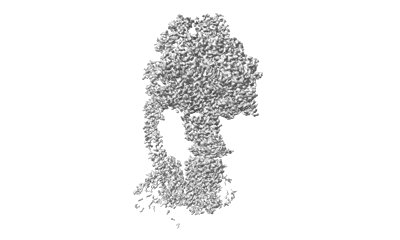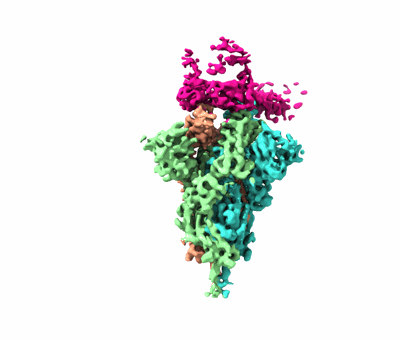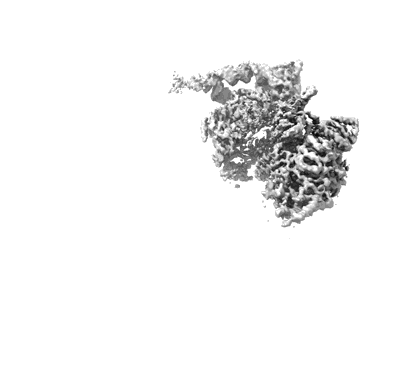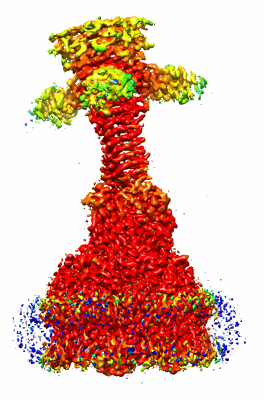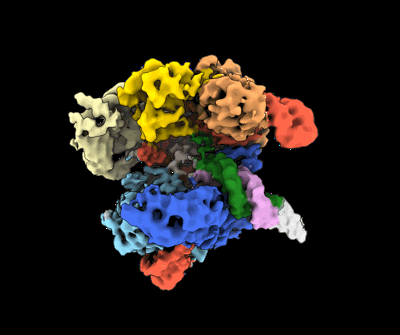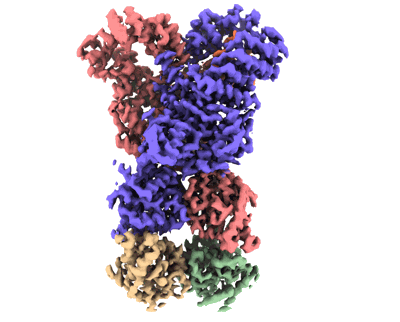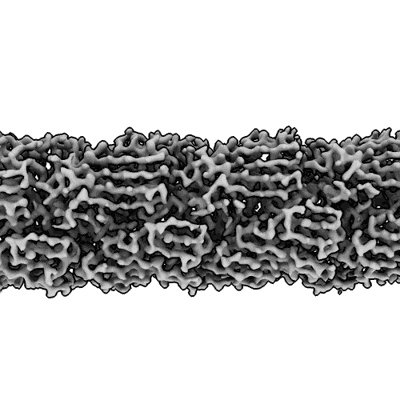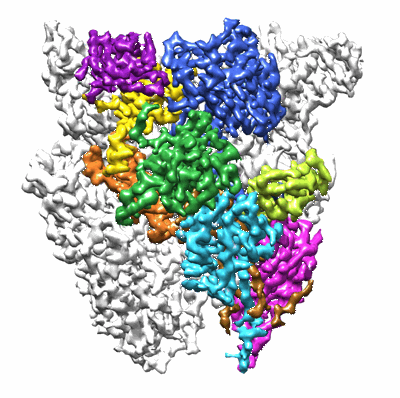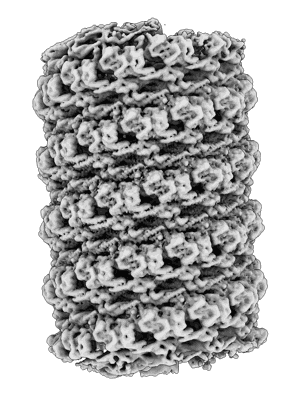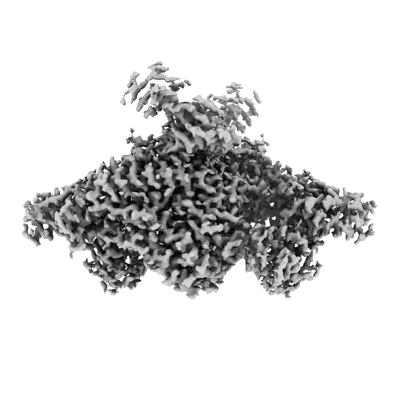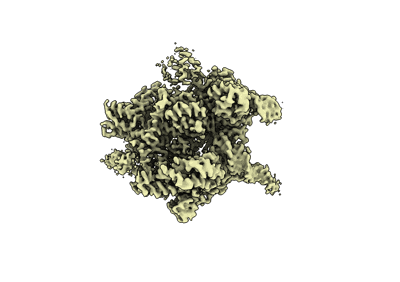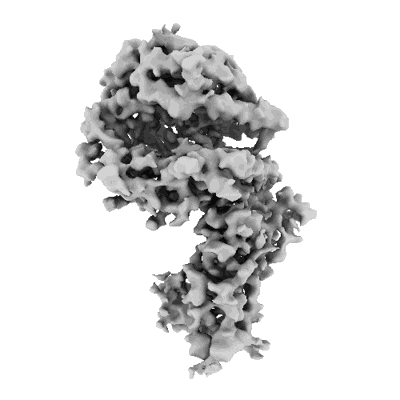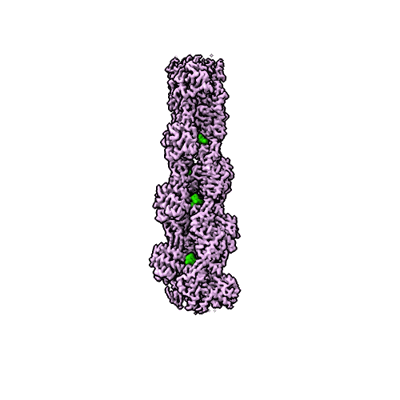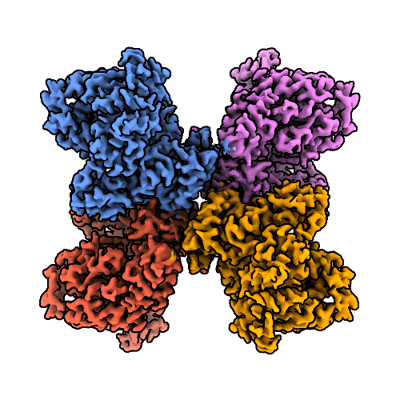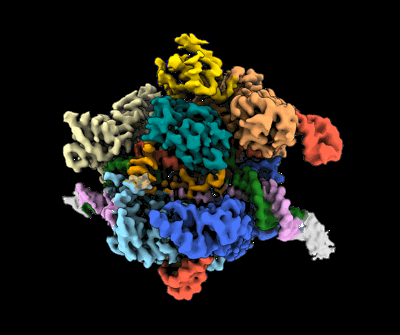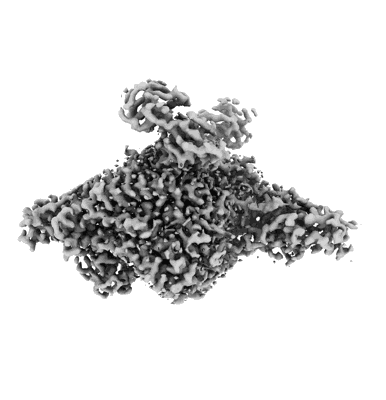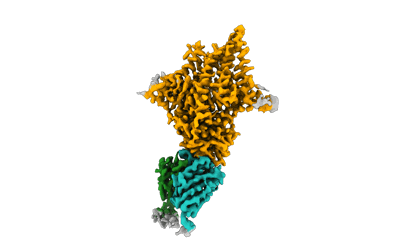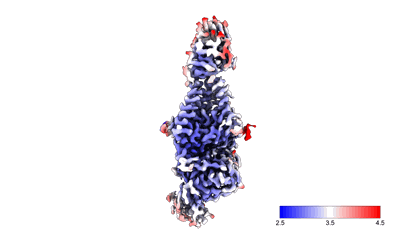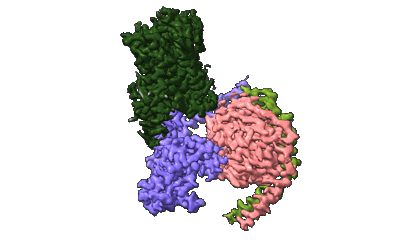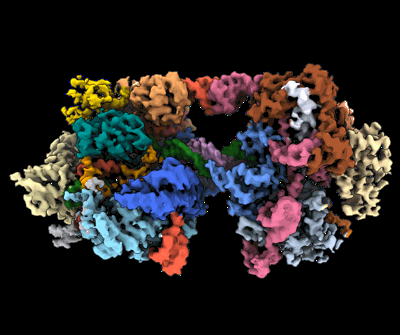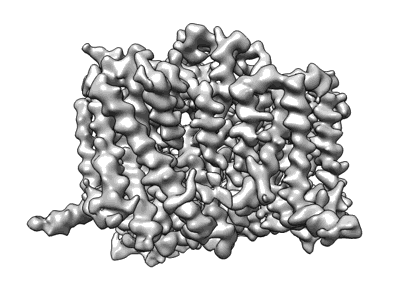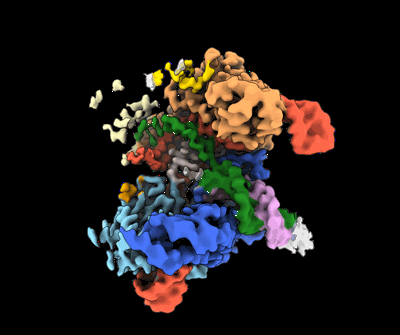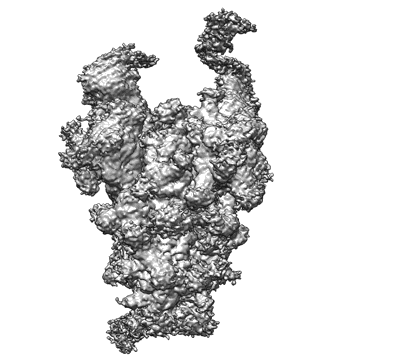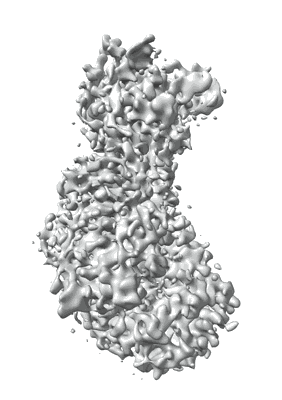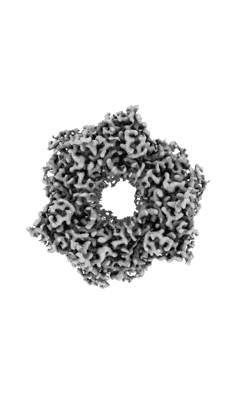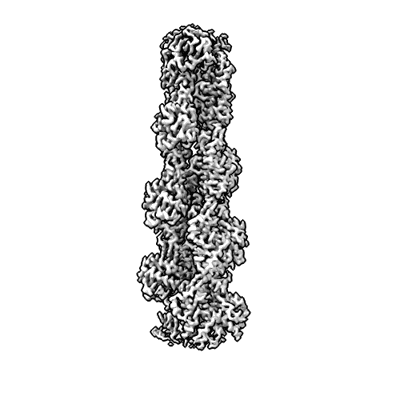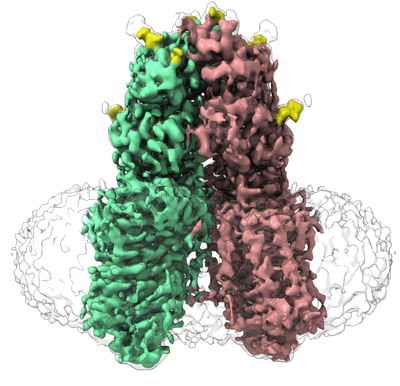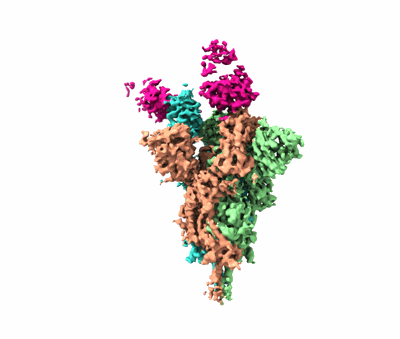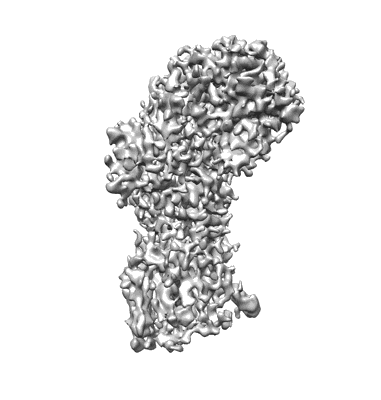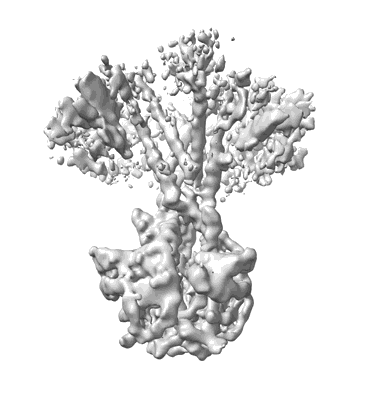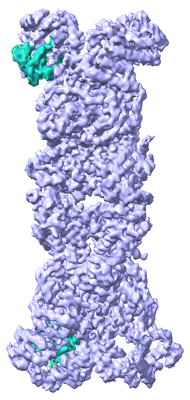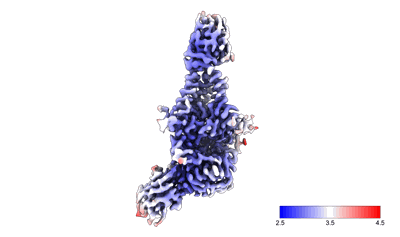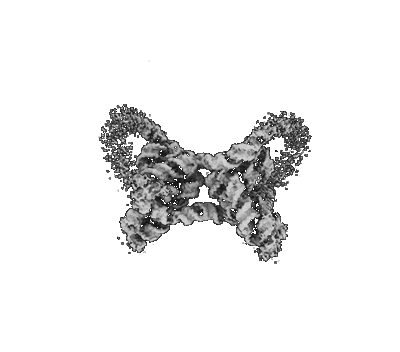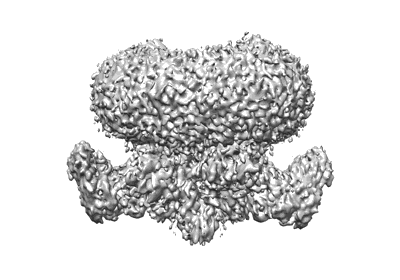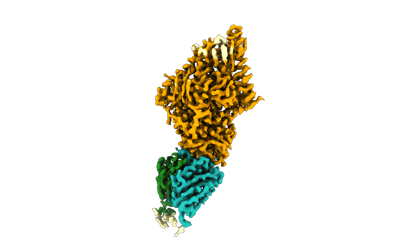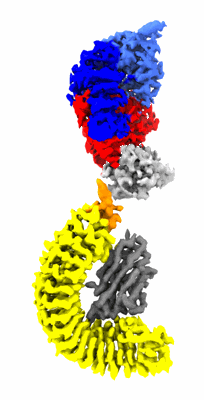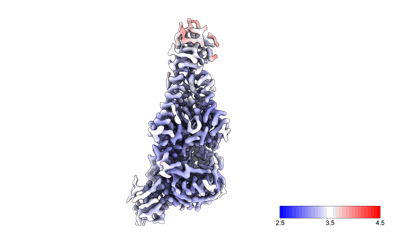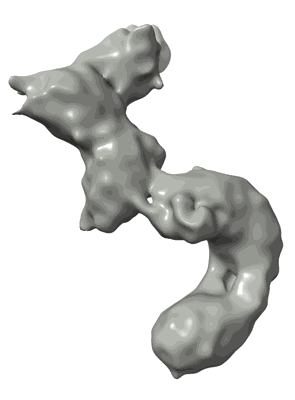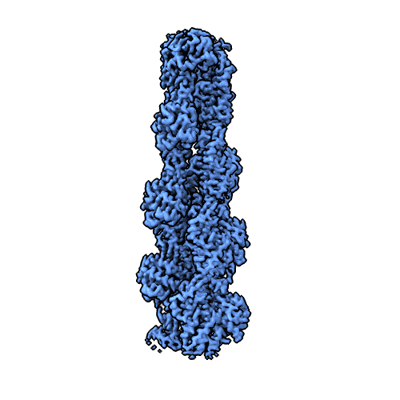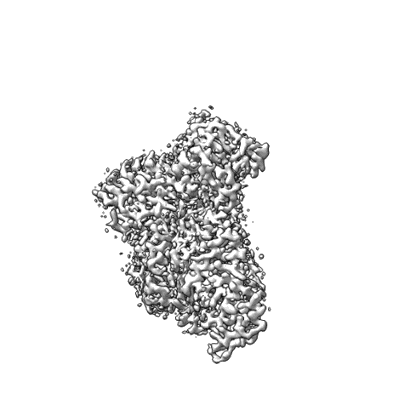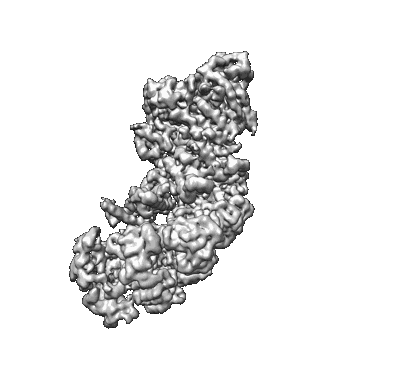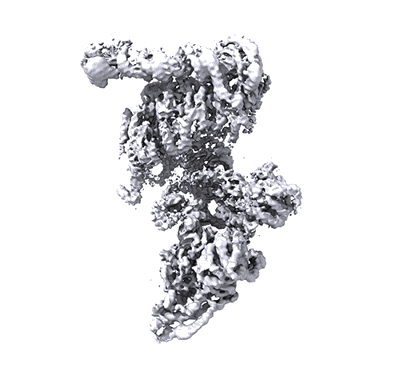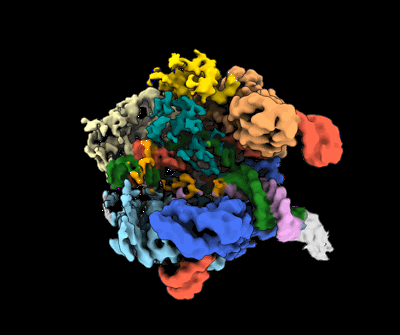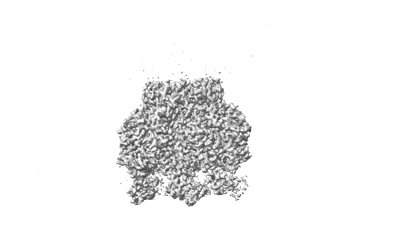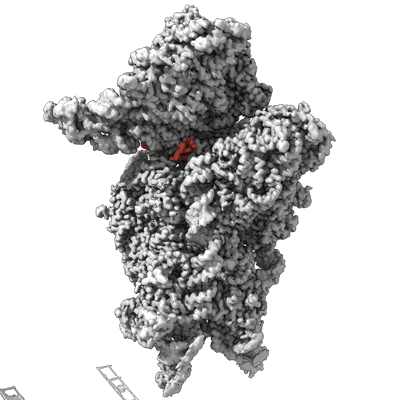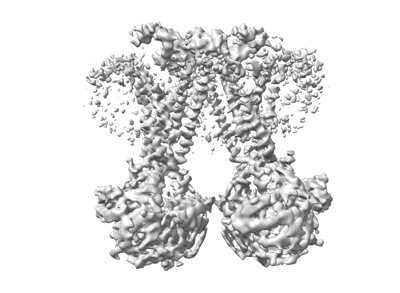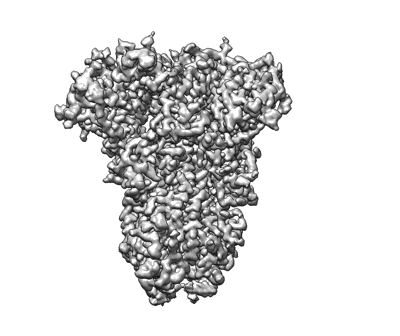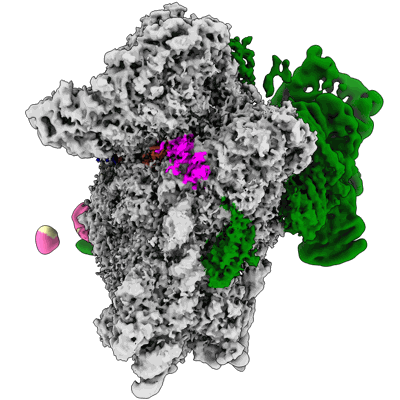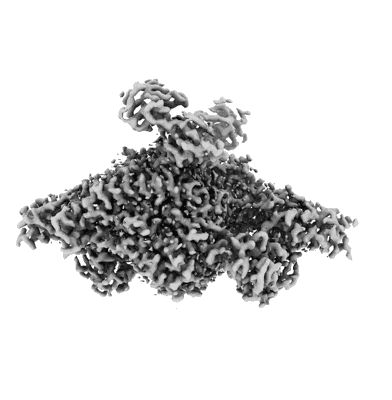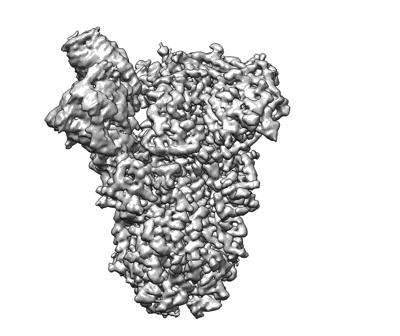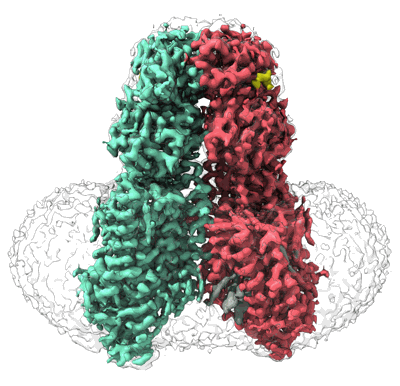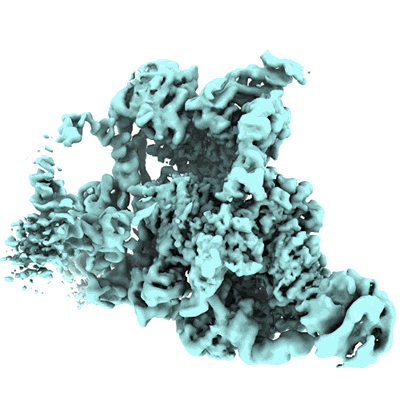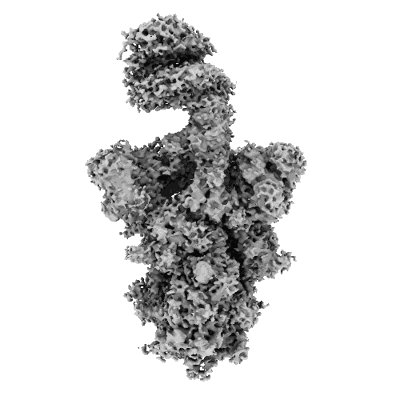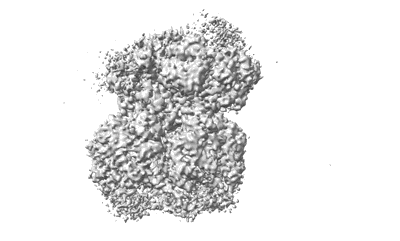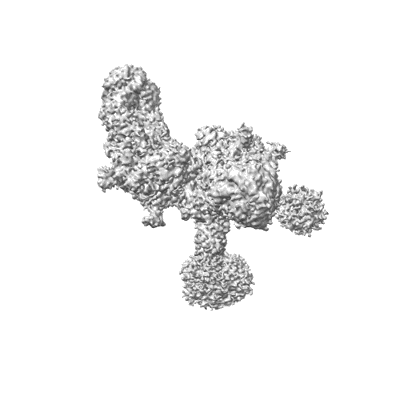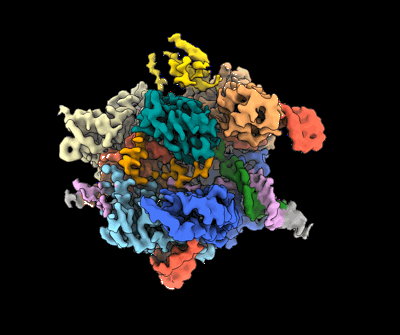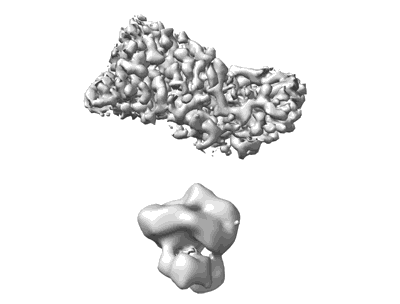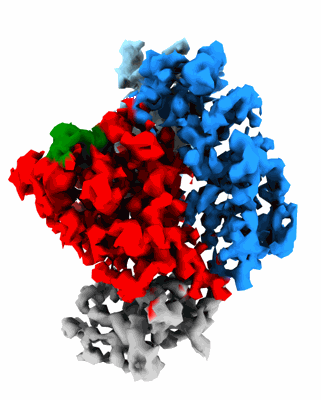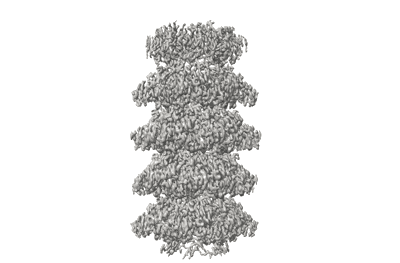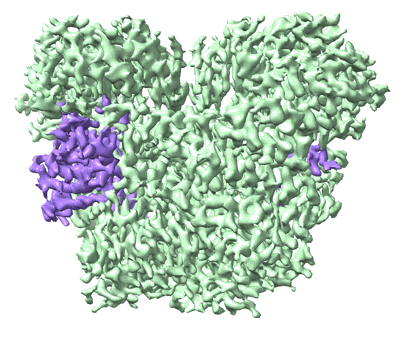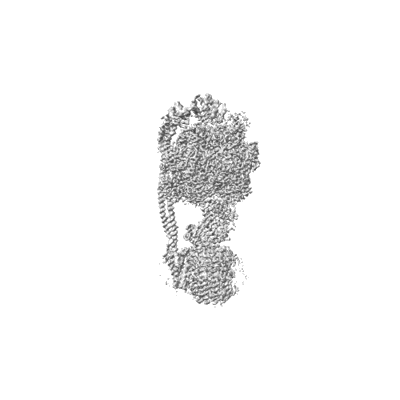EMDB Search Engine documentation
Text Search
You can use the search bar near the top of all EMDB pages to search across any data deposited at EMDB and EMPIAR.
The EMDB search engine was built using the Apache Solr server, therefore you can check the Solr query parser tutorial to find further information about how to use this engine. You can also check the full list of EMDB query fields.
Query Syntax
Free text terms
Most of the text fields are broken up into single words before indexing. This procedure allows you to perform searches based on single terms or phrases (using double quotes).
The search below returns all the entries that contain the word "zika" anywhere:
The search below returns all the entries that contain the phrase "monoclonal antibody" anywhere:
Boolean operators
More complex queries can be created by combining multiple terms and boolean operators.
| Boolean operator | Description | Example |
|---|---|---|
| AND | Both terms are required. | spliceosome AND human |
| OR | One of the terms is required. | spliceosome OR ribonucleoprotein |
| NOT | The following term must not be present. | NOT Relion |
The search terms can be grouped to form sub-queries and parentheses are used to define the order of the sub-queries. The query below returns all entries that contain the words spliceosome or ribonucleoprotein, but do not contain the word human.
"(spliceosome OR ribonucleoprotein) AND NOT human"
Search by specific fields
Searching by specific fields allows the user to obtain more confident results. All you need to do is specify the field followed by a colon (":") and the term that you are searching for within the field. All the query syntax previously described is also available for specific-field searches. The full list of fields and their description can be found here.
An example to find all the human spliceosomes or ribonucleoproteins, using the sample name and the human taxonomy ID: 9606:
(sample_name:ribonucleoprotein OR sample_name:spliceosome) AND natural_source_ncbi_code:9606
Range Search
The search egnine allows the user to find entries that fall within a given range. The upper and lower bounds must be provided in the following format: "[X TO Y]". The example below finds all entries with a resolution value between 1Å and 3Å.
You can also use curly brackets to set exclusive range intervals. In the example below we are retrieving all entries with resolution value between 1Å and 3Å, but excluding entries with exactly 3Å resolution.
Range queries are not restricted to numeric fields, it is possible to search over date and text ranges. You can find the Solr documentation about date formats here. The example below returns all entries that contain samples starting with the letter "X", "Y" or "Z".
An asterisk ("*") can be used as to match any values. It can be included in a range query to define an infinite interval. The example below finds all entries with resolution value greater than or equal to 20Å.
Another use of the asterisk is to match every entry that has a value for that field. The example below list all entries that contain half-maps:
Fuzzy Search
The EMDB search engine allows the user to search by similar terms using the Damerau-Levenshtein Distance (basically, the number of edit operations necessary to transform one string in another). To perform a fuzzy search, you need to add the tilde symbol ("~") after the query term followed by the maximum distance. The example below will match any sample term that is at most one text edit from the word DNA. In other words, it will return all entries containing samples of DNA or RNA.
Quick links
Recent Entries
(Show all)Structural mechanism of inhibition of the Rho transcription termination factor by Rof
Human DNA polymerase theta helicase domain dimer bound to DNA in the microhomology annealed conformation
Cryo-EM structure of human exon-defined spliceosome in the mature B state.
Focused map on the LRR domain of the Roco protein from C. tepidum bound to the activating Nanobody NbRoco2
Cryo-EM structure of SV2A in complex with BoNT/A2 Hc and levetiracetam
Cryo-EM of the GDP-bound human dynamin polymer assembled on the membrane in the super constricted state
Cryo-EM structure of human exon-defined spliceosome in the late pre-B state.
Cryo-EM structure of SV2A LD4 in complex with BoNT/A2 Hc in the SV2A-levetiracetam-BoNT/A2 Hc complex
Structure of the human neutral amino acid transporter ASCT2 in complex with nanobody 469
Endogenous trans-translation complex with tmRNA*SmpB in the P site and alanyl-tRNA in the A site of E. coli 70S ribosome
TUBB4B and TUBA1A Heterodimer from Human Respiratory Doublet Microtubules
Cryo-EM structure of Mycobacterium tuberculosis ATP synthase Fo in complex with bedaquiline(BDQ)
Roco protein from C. tepidum in the GTP state bound to the activating Nanobodies NbRoco1 and NbRoco2
60S ribosome biogenesis intermediate (Dbp10 catalytic structure - Dbp10 Local map)
60S ribosome biogenesis intermediate (Dbp10 catalytic structure - L1 local map
Open State of central tail fiber of bacteriophage lambda upon binding to LamB (gpJ713-LamB complex)
Staphylococcus aureus 70S ribosome with elongation factor G locked with fusidic acid cyclopentane with a tRNA in pe/E chimeric hybrid state
Staphylococcus aureus 70S ribosome with elongation factor G locked with fusidic acid with a tRNA in pe/E chimeric state
Cryo-EM structure of human exon-defined spliceosome in the early B state.
60S ribosome biogenesis intermediate (Dbp10 post-catalytic structure - Dbp10 Local map)
Cryo-EM Structure of Spike Glycoprotein from Civet Coronavirus 007 in Closed Conformation
Cryo-EM structure of the Pseudomonas aeruginosa PAO1 Type IV pilus
Cryo-EM of the GDP-bound human dynamin (full-length) polymer assembled on the membrane in the super constricted state (full helix)
Cryo-EM of the GDP-bound human dynamin polymer assembled on the membrane in the super constricted state showing the PH domain
Structure of the human mitochondrial iron-sulfur cluster biosynthesis complex during persulfide transfer (consensus map)
60S ribosome biogenesis intermediate (Dbp10 pre-catalytic structure - Overall map)
Human DNA polymerase theta helicase domain tetramer in the apo form
Structure of the human mitochondrial iron-sulfur cluster biosynthesis complex during persulfide transfer (without frataxin)
Cryo-EM structure of FLVCR2 in the inward-facing state with choline bound
Cryo-EM structure of SV2A in complex with BoNT/A2 Hc and levetiracetam
Chlorella virus Hyaluronan Synthase bound to GlcA extended GlcNAc primer and UDP
Staphylococcus aureus 70S ribosome with elongation factor G locked with fusidic acid cyclopentane in post-translocational state
2up-TM conformation of HKU1-B S protein after incubation of the receptor
Structure of the human ATP synthase bound to bedaquiline (peripheral stalk domain)
Structure of the human ATP synthase bound to bedaquiline (composite)
Mycobacterium tuberculosis ATP synthase Peripheral Stalk in the apo-form
60S ribosome biogenesis intermediate (Dbp10 post-catalytic structure - H64 Local map)
Cryo-EM structure of FLVCR2 in the outward-facing state with choline bound
2up-1 conformation of HKU1-B S protein after incubation of the receptor
Cryo-EM Structure of CdnG-E2 complex from Serratia marcescens (UltrAuFoil)
60S ribosome biogenesis intermediate (Dbp10 pre-catalytic structure - Local map Rrp14/Rrp15/Ssf1 region)
Cryo-EM structure of SV2A dimer in complex with BoNT/A2 Hc and levetiracetam
3up-TM conformation of HKU1-B S protein after incubation of the receptor
Cryo-EM structure of conformation 1 of complex of Nipah virus attachment glycoprotein G with 1E5 neutralizing antibody
Cryo-EM Structure of Spike Glycoprotein from Bat Coronavirus WIV1 in Closed Conformation
Structure of Xenopus tropicalis acid-sensitive outwardly rectifying channel ASOR trimer bound with tRNA (intermediate state)
60S ribosome biogenesis intermediate (Dbp10 catalytic intermediate - Rrp14/Rrp15/Ssf1 local map)
Closed conformation of HKU1-B S protein after incubation of the receptor
1up-2 conformation of HKU1-B S protein after incubation of the receptor
Xenopus laevis hyaluronan synthase 1, UDP-bound, gating loop inserted state
Chlorella virus Hyaluronan Synthase bound to GlcNAc primer and UDP-GlcA
Structure of the human mitochondrial iron-sulfur cluster biosynthesis complex during persulfide transfer (persulfide on NFS1 and ISCU2)
The Anoxybacillus pushchinoensis ORF-less Group IIC Intron HYER1 with 10-nt TRS at symmetric apo state
Xenopus laevis hyaluronan synthase 1, nascent HA polymer bound state
Cryo-EM structure of Mycobacterium tuberculosis ATP synthase Fo in the apo-form
60S ribosome biogenesis intermediate (Dbp10 catalytic structure - Overall map)
Ensemble map of the Roco protein from C. tepidum in the GTP state bound to the activating Nanobodies NbRoco1 and NbRoco2
CRYO-EM FOCUSED REFINEMENT MAPS OF LEISHMANIA MAJOR 80S RIBOSOME : WILD TYPE REPLICATE 1
Chlorella virus Hyaluronan Synthase bound to GlcA extended GlcNAc primer
Open state of central tail fiber of bacteriophage lambda upon binding to LamB
Roco protein from C. tepidum in the GTP state bound to an activating Nanobody
Cryo-EM Structure of Smooth Muscle Gamma Actin (ACTG2) Mutant R257C
60S ribosome biogenesis intermediate (Dbp10 post-catalytic structure - Overall map)
Cryo-EM structure of a Legionella effector complexed with actin and AMP
type I-B Cascade bound to a PAM-containing dsDNA target at 3.8 angstrom resolution.
60S ribosome biogenesis intermediate (Dbp10 pre-catalytic structure - Local map L1 region)
Human DNA polymerase theta helicase domain dimer bound to DNA in the microhomology aligning conformation
Mycobacterium tuberculosis ATP synthase F1 in complex with bedaquiline(BDQ)
Human DNA polymerase theta helicase domain dimer bound to DNA in the microhomology searching conformation
Structure of the dimeric Xenopus tropical acid-sensitive outwardly rectifying channel ASOR trimer bound with tRNA (closed state)
Cryo-EM structure of Mycobacterium tuberculosis ATP synthase F1 in complex with TBAJ-587
Serotonin 1E receptor (5-HT1eR)-Gi1 Complex bound with Setiptiline
Cryo-EM structure of a bacterial nitrilase filament with a covalent adduct derived from benzonitrile hydrolysis
Cryo-EM structure of SV2A in complex with BoNT/A2 Hc and brivaracetam
60S ribosome biogenesis intermediate (Dbp10 catalytic structure - Low-pass filtered locally refined map)
Structure of the human mitochondrial iron-sulfur cluster biosynthesis complex during persulfide transfer (persulfide on ISCU2)
Cryo-EM of the GDP-bound human dynamin polymer assembled on the membrane in the super constricted state (full helix)
Cryo-EM structure of a Legionella effector complexed with actin and ATP
1up-1 conformation of HKU1-B S protein after incubation of the receptor
Structure of the human ATP synthase bound to bedaquiline (membrane domain)
Microtubule inner proteins in the 48-nm doublet microtubule from the proximal region of Tetrahymena thermophila strain K40R
Cryo-EM structure of the the 2-oxoglutarate dehydrogenase (E1) with TCAIM complex
Cryo-EM structure of human exon-defined spliceosome in the mature pre-B state.
cryoEM map for design HE0537, a D4 symmetric homo-oligomer designed with RFdiffusion.
Structure of the SARS-CoV-2 EG.5.1 spike glycoprotein in complex with ACE2 (1-up state)
Cryo-EM structure of conformation 2 of complex of Nipah virus attachment G with 1E5 neutralizing antibody
Cryo-EM structure of Mycobacterium tuberculosis ATP synthase Peripheral Stalk in complex with TBAJ-587
60S ribosome biogenesis intermediate (Dbp10 pre-catalytic structure - PTC Local map)
Cryo-EM of the GDP-bound human dynamin (full-length) polymer assembled on the membrane in the super constricted state
Structure of Xenopus tropicalis acid-sensitive outwardly rectifying channel ASOR (resting state)
Cryo-EM of the GDP-bound human dynamin polymer assembled on the membrane in the super constricted state showing the second PH domain
Endogenous trans-translation complex with tmRNA*SmpB in the P site and alanyl-tRNA in the A site and deacyl-tRNA in the E site of E. coli 70S ribosome
Monkeypox virus DNA replication holoenzyme F8, A22 and E4 complex in a DNA binding form
Mycobacterium tuberculosis ATP synthase Peripheral Stalk in complex with bedaquiline(BDQ)
Focused map on the Roc-COR domains of the Roco protein from C. tepidum in the GTP state bound to the activating Nanobody NbRoco1
Cryo-EM structure of the gasdermin pore from Trichoplax adhaerens
Cryo-EM structure of Mycobacterium tuberculosis ATP synthase Fo in complex with TBAJ-587
Cryo-EM structure of Mycobacterium tuberculosis ATP synthase in complex with TBAJ-587



